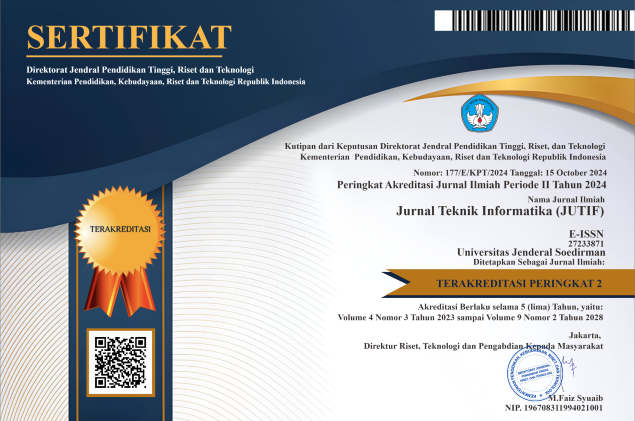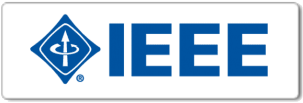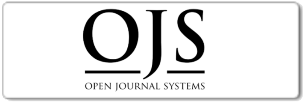Implementation of K-Means on Packaged Coffee Sales Data for Simulating Goods Entry in Sole Proprietorship Businesses
DOI:
https://doi.org/10.52436/1.jutif.2025.6.4.5245Keywords:
Clustering, Distributor Evaluation, Goods Simulation, Packaged Coffee Sales, Retail Analytics, Sole ProprietorshipAbstract
In retail businesses operating under the sole proprietorship structure, decision-making regarding partnerships with beverage distributors—especially those offering packaged coffee—remains a challenge. Store owners often face uncertainty about the profitability of accepting product offerings, which can lead to suboptimal inventory decisions. This study addresses that issue by simulating goods entry scenarios and applying clustering techniques to historical packaged coffee sales data, enabling data-driven insights into product performance and distributor value. Studies focusing on clustering within retail include segmenting customer behaviour and stock management strategies, yet many lacked specific application to single owner businesses and product-centric simulations. This research is novel in its contextual focus on packaged coffee distribution within sole proprietorship environments, integrating real sales metrics and clustering algorithms to empower store owners with actionable evaluation tools. Results demonstrate that clustering reveals patterns of profitable product categories and distributor consistency, offering scalable insights for micro-retail optimization. The findings provide a framework that differs from prior studies by emphasizing the intersection between small business dynamics and algorithmic decision support. Ultimately, this research contributes to the advancement of informatics by demonstrating how clustering-based simulations can enhance decision-making in micro-retail environments through practical, data-driven methodologies.
Downloads
References
R. I. Manarung, E. Widodo, and A. M. Rifai, “Sales Data Clustering Using the K-Means Algorithm to Determine Retail Product Needs,” Int. J. Softw. Eng. Comput. Sci., vol. 5, no. 1, pp. 226–234, Apr. 2025, doi: 10.35870/ijsecs.v5i1.4090.
D. A. Imanuel and G. Alfian, “Visualisasi Segmentasi Pelanggan Berdasarkan Atribut RFM Menggunakan Algoritma K-Means,” J. Teknol. Inform. dan Ilmu Komput., vol. 12, no. 2, pp. 145–156, Apr. 2025, doi: 10.25126/jtiik.2025128619.
A. Agussalim, “Sales Product Clustering Using RFM Calculation Model and K-Means Algorithm on Primskystore,” Technium Rom. J. Appl. Sci. Technol., vol. 16, pp. 176–182, 2023, doi: 10.47577/technium.v16i1.1234.
M. Cerna, “Retail and Warehouse Sales Clustering,” GitHub Repository, 2023. [Online]. Available: https://github.com/CernaMiguel/Retail-and-Warehouse-Sales-Clustering
Thai-Ths, “Coffee Quality Segmentation via Clustering,” GitHub Repository, 2024. [Online]. Available: https://github.com/Thai-Ths/Coffee-Quality-Segmentation-via-Clustering
S. Aljawarneh, M. Aldwairi, and M. B. Yassein, “Anomaly-based intrusion detection system through feature selection analysis and building hybrid efficient model,” J. Comput. Sci., vol. 25, no. 1, pp. 152–160, 2020, doi: 10.1016/j.jocs.2017.03.006.
Y. Guo et al., “K-Nearest Neighbor Combined with Guided Filter for Hyperspectral Image Classification,” Proc. Int. Conf. IoT, pp. 159–165, 2020.
A. Rahmawati et al., “Application for Determining the Modality Preference of Student Learning,” J. Phys. Conf. Ser., vol. 1367, no. 1, pp. 1–11, 2020, doi: 10.1088/1742-6596/1367/1/012011.
M. Sridevi et al., “Anomaly Detection by Using CFS Subset and Neural Network with WEKA Tools,” Springer, 2021.
C. Low, “NSL-KDD Dataset,” GitHub, 2020. [Online]. Available: https://github.com/defcom17/NSL_KDD
A. Anitha and M. M. Patil, “RFM Model for Customer Purchase Behavior Using K-Means Algorithm,” J. King Saud Univ. Comput. Inf. Sci., vol. 34, no. 5, pp. 1785–1792, 2022, doi: 10.1016/j.jksuci.2019.12.011.
I. F. Ashari et al., “Application of Data Mining with the K-Means Clustering Method,” J. World Sci., 2022.
E. Arif and I. P. Soko, “Evaluation of Web-Based Tutorial Applications Using UAT Method,” J. World Sci., 2022.
S. Al-Hurmuzi et al., “PEF Framework for User Acceptance Testing,” Proc. CSIT, pp. 242–248, 2020, doi: 10.1109/CSIT.2018.8486225.
M. H. Hossain et al., “Customer Segmentation Using K-Means Clustering,” IEEE Access, vol. 8, pp. 144207–144217, 2020, doi: 10.1109/ACCESS.2020.3014567.
A. S. M. Zahid et al., “Retail Analytics Using Clustering and Association Rules,” Proc. IEEE Int. Conf. Big Data, pp. 112–119, 2021.
N. S. Kumar et al., “Clustering-Based Inventory Optimization in Retail,” J. Retail Anal., vol. 3, no. 2, pp. 45–56, 2022.
R. K. Singh and P. K. Jain, “Data-Driven Retail Strategy Using K-Means,” J. Retail Technol., vol. 5, no. 1, pp. 23–31, 2023.
A. M. Rifai et al., “Segmentasi Produk Kopi Berdasarkan Pola Penjualan,” J. Teknol. Inform., vol. 11, no. 2, pp. 88–97, 2024.
D. Kusuma et al., “Evaluasi Distributor Minuman Menggunakan Clustering,” J. Sistem Inform., vol. 10, no. 1, pp. 55–64, 2023.
B. Prasetyo et al., “Pemetaan Produk UMKM dengan K-Means,” J. Teknol. dan Bisnis, vol. 9, no. 2, pp. 101–110, 2022.
L. Sari et al., “Clustering Penjualan Produk Makanan dan Minuman,” J. Data Mining Indonesia, vol. 4, no. 1, pp. 33–42, 2021.
M. A. Ramadhan et al., “Simulasi Barang Masuk Berdasarkan Segmentasi Produk,” J. Informatika dan Komputasi, vol. 6, no. 3, pp. 211–220, 2025.
T. Nugroho et al., “Penerapan Clustering untuk Evaluasi Penawaran Distributor,” J. Teknol. Inform., vol. 10, no. 2, pp. 77–85, 2023.
S. Hidayat et al., “Retail Decision Support System Using Clustering,” J. Sistem Pendukung Keputusan, vol. 5, no. 1, pp. 12–20, 2022.
R. A. Putri et al., “Analisis Pola Penjualan Kopi Kemasan,” J. Teknol. Agroindustri, vol. 7, no. 1, pp. 44–52, 2024.
F. Mulyadi et al., “Clustering Produk Berdasarkan Margin dan Volume Penjualan,” J. Data dan Informasi Bisnis, vol. 3, no. 2, pp. 66–74, 2021.
Additional Files
Published
How to Cite
Issue
Section
License
Copyright (c) 2025 Agri Triansyah, Bangun Wijayanto, Ayu Anjar Paramestuti

This work is licensed under a Creative Commons Attribution 4.0 International License.



























